Ukraine once again takes a significant part in the annual report of the North Atlantic Treaty Organization (NATO) as the conflict with Russia enters its third year. NATO Secretary General Jens Stoltenberg once again called on the bloc's members to increase military aid to Ukraine.
Speaking at a press conference in Brussels on March 14, Mr. Stoltenberg said that NATO's failure to provide enough ammunition to Ukraine was one of the reasons why the Russians were able to make some progress on the battlefield in recent weeks and months.
The head of NATO called on allies to step up their supply of more ammunition to Ukraine, arguing that they have the capacity to provide more and need to show the political will to do so.
But political will is in serious doubt. Earlier this year, Ukraine’s defense minister, Rustem Umerov, said at an event that half of the military assistance promised to Ukraine by the West had not arrived on time, complicating the task of military planners and ultimately costing the lives of Ukrainian soldiers in the fight against Russia.
Internal inconsistency
A leaked audio recording earlier this month, in which German military officials discussed issues ranging from the possible transfer of Taurus cruise missiles to Kiev to the presence of British military personnel in Ukraine, has caused a stir on both sides of the Atlantic.
While Moscow claimed the discussion “clearly demonstrates the collective involvement of the West, including Berlin, in the conflict in Ukraine”, Germany said the leak was a “hybrid disinformation attack” by Russia aimed at sowing discord within Germany and between it and its allies.
One thing is clear: German Chancellor Olaf Scholz's administration is reluctant to escalate the Ukraine crisis.
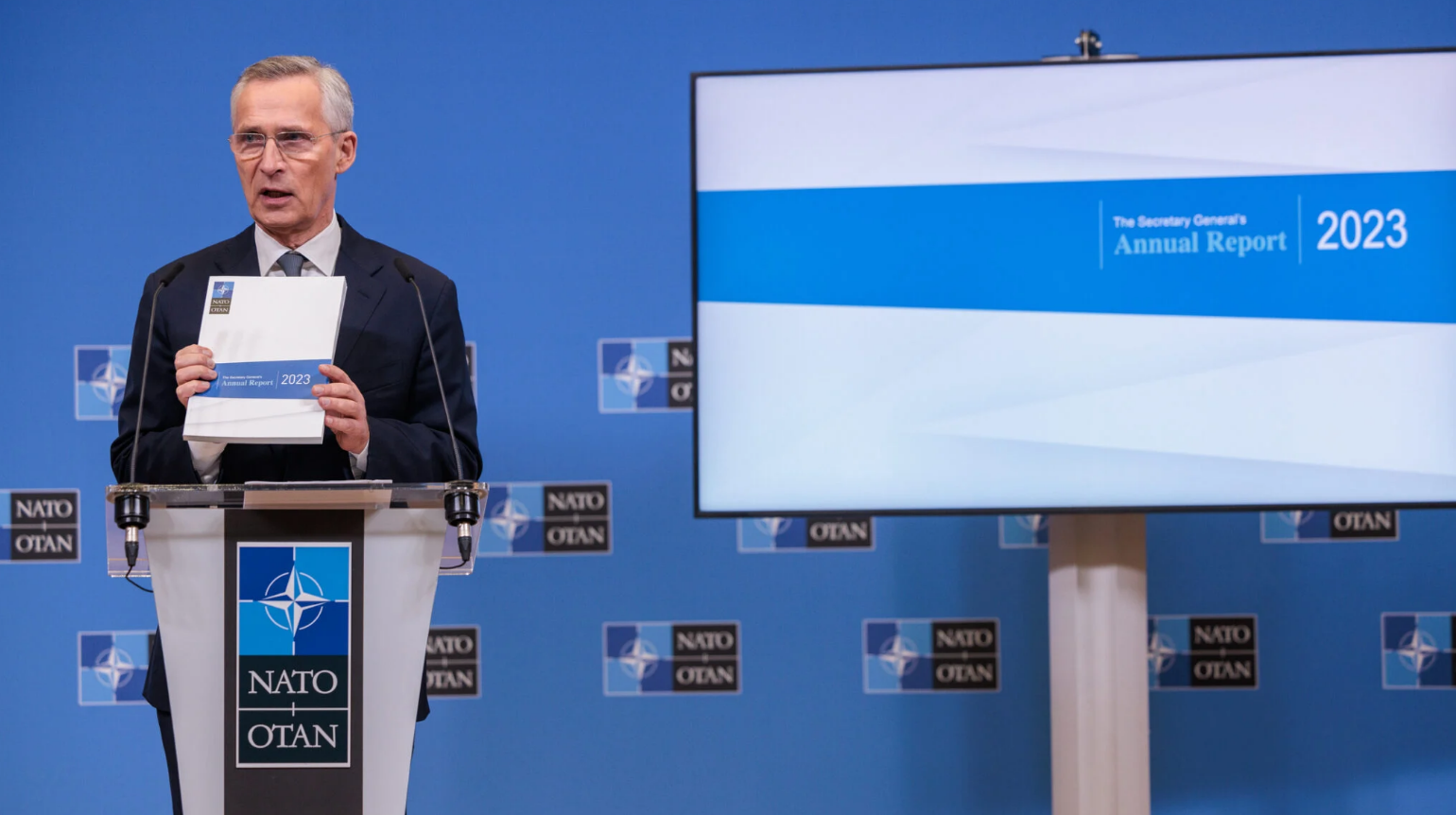
NATO Secretary General Jens Stoltenberg presents the alliance's annual report for 2023, March 14, 2024. Photo: NATO website
Meanwhile, in late February, French President Emmanuel Macron opened the way for the possibility of European countries sending troops to Ukraine, but the French leader’s repeated comments were quickly denied by Mr. Stoltenberg. The NATO official quickly dismissed the idea, saying there were no plans to deploy NATO combat troops on the battlefield in Ukraine.
Michael Maloof, a former senior Pentagon security policy analyst, said in an interview with China Media Group that continued Western military support for Ukraine could be counterproductive.
Citing the leaked German Army recording as an example, Mr. Maloof said that this not only foiled Berlin's plan to supply Taurus cruise missiles to Ukraine, but also made the West realize that if it continued to "play with fire" in the Ukraine crisis, it would face a potential response from Russia.
Furthermore, Mr. Maloof added, the West's “playing with fire” will not only affect its own economy, industry and people's lives, but will also bring them terrible geopolitical consequences.
Dong Yifan, a researcher at the Institute of European Studies at the China Institutes of Contemporary International Relations, told CGTN that NATO's pursuit of absolute security would be ineffective and would eventually lead to an unbalanced and collapsing security structure.
Keep it vague
The report presented by Mr Stoltenberg also reiterated NATO’s view that Ukraine should become a member of the alliance – although it kept the vague language that this would happen when “conditions are met”.
Until then, the report calls for more support for Ukraine and increased defense spending for members from 2024 onwards.
According to NATO's annual report, 11 member states met the standard of spending 2% of GDP on defense in 2023, and this number increased to 18 member states by early 2024.
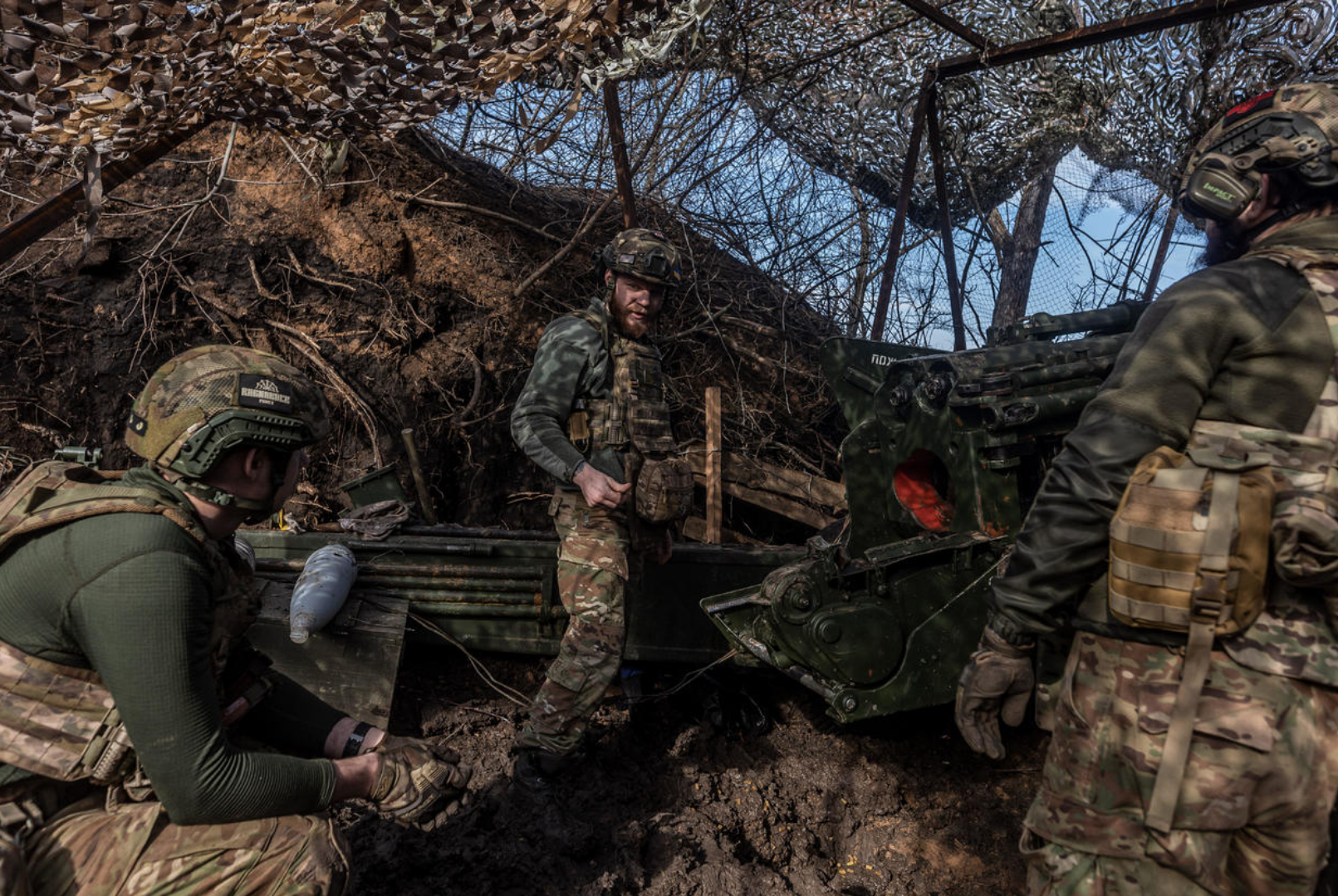
Ukrainian soldiers prepare Soviet-era artillery as the Russia-Ukraine war continues near Kreminna, Donetsk region, February 14, 2024. Photo: Getty Images
The Russia-Ukraine conflict is one of the reasons NATO has increased military spending in recent years. The report also said that two-thirds of allies will reach the 2% target by 2024. However, the gap between projections and reality is a long one.
A report by the Institut de Relations Internationales et Strategiques, a French think tank on geopolitical and strategic issues, said that no major increase in defense budgets can be expected from southern European countries, especially Greece, Italy and Spain, in the next few years, given their distance from the front lines of the Russia-Ukraine conflict and their relatively fragile economic conditions.
However, the growing military spending in NATO member countries appears to be in contrast to the situation in which the Ukrainian military has recently struggled with a shortage of weapons supplies from the West, including NATO .
Minh Duc (According to CGTN, Anadolu, Breaking Defense)
Source





![[Photo] Prime Minister Pham Minh Chinh chairs the Government's online conference with localities](https://vphoto.vietnam.vn/thumb/1200x675/vietnam/resource/IMAGE/2025/10/5/264793cfb4404c63a701d235ff43e1bd)

![[Photo] Prime Minister Pham Minh Chinh launched a peak emulation campaign to achieve achievements in celebration of the 14th National Party Congress](https://vphoto.vietnam.vn/thumb/1200x675/vietnam/resource/IMAGE/2025/10/5/8869ec5cdbc740f58fbf2ae73f065076)
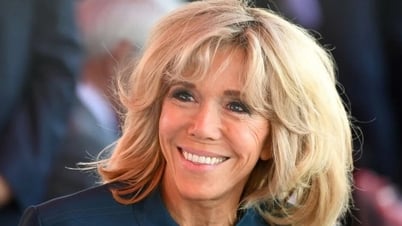

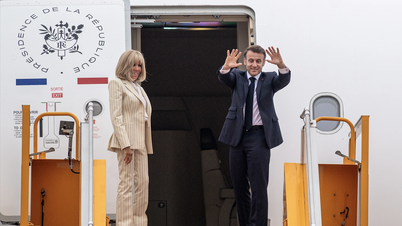

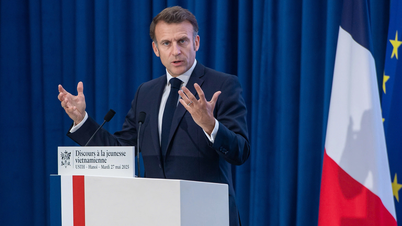

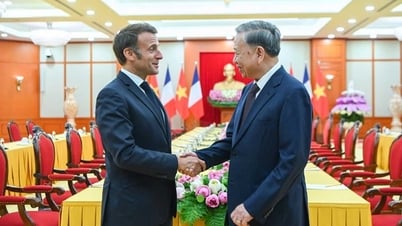

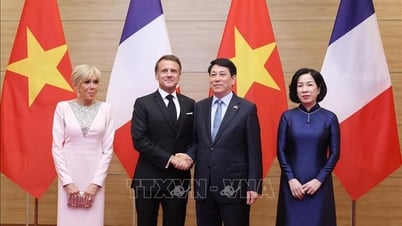
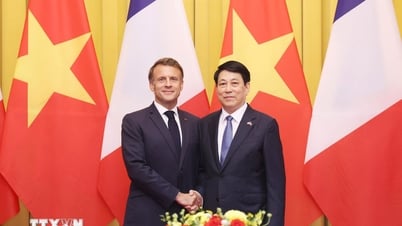

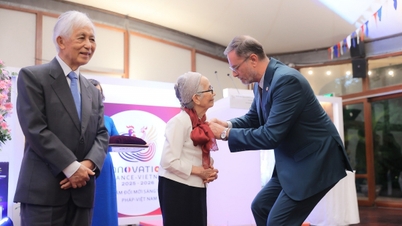

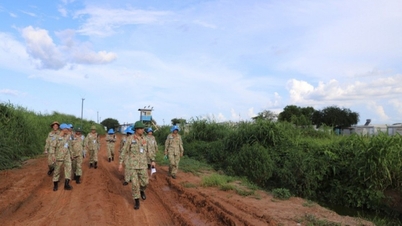


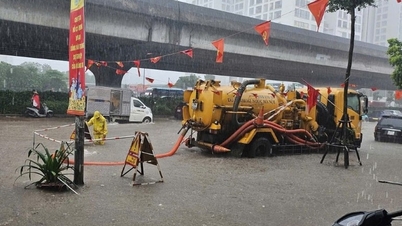
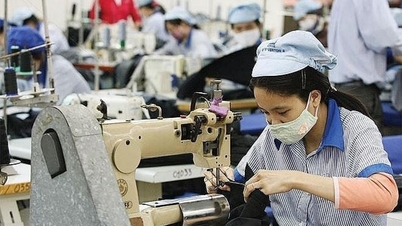






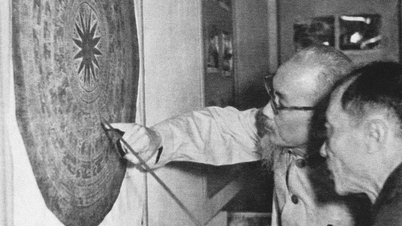
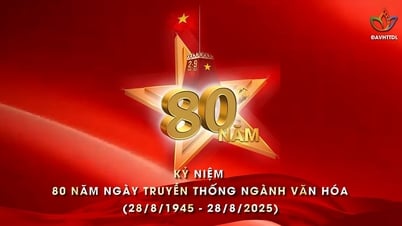
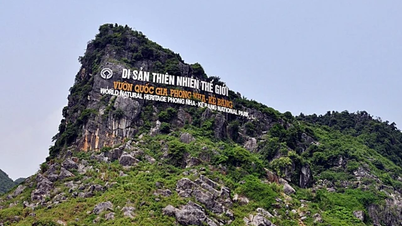

























![[VIDEO] Summary of Petrovietnam's 50th Anniversary Ceremony](https://vphoto.vietnam.vn/thumb/402x226/vietnam/resource/IMAGE/2025/10/4/abe133bdb8114793a16d4fe3e5bd0f12)

![[VIDEO] GENERAL SECRETARY TO LAM AWARDS PETROVIETNAM 8 GOLDEN WORDS: "PIONEER - EXCELLENT - SUSTAINABLE - GLOBAL"](https://vphoto.vietnam.vn/thumb/402x226/vietnam/resource/IMAGE/2025/7/23/c2fdb48863e846cfa9fb8e6ea9cf44e7)















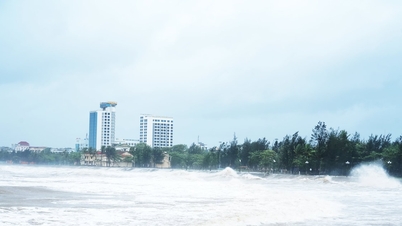




















Comment (0)